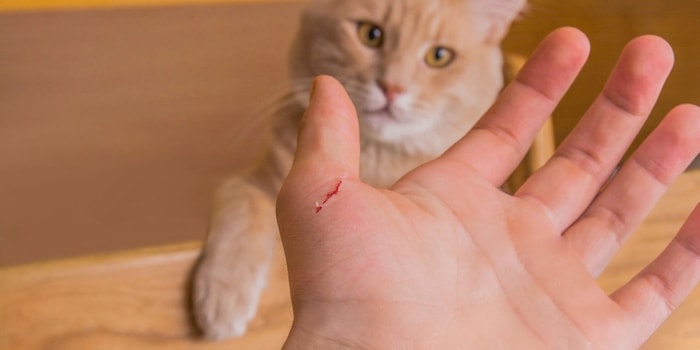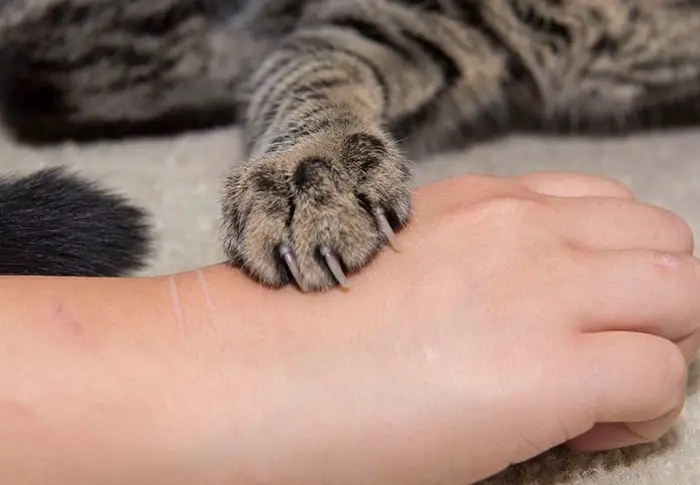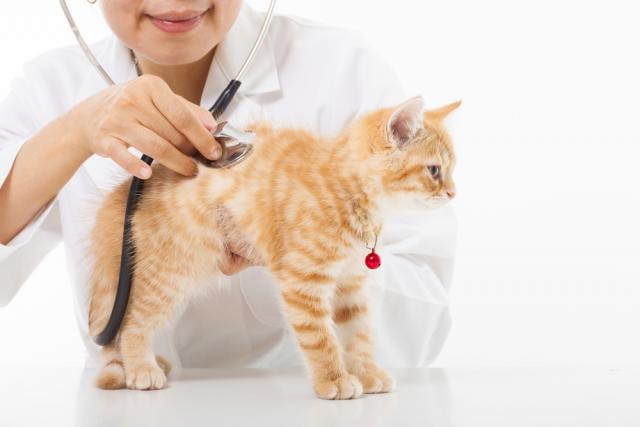Cat scratch disease is an arthropod-transmitted gram-negative bacterial disease in people and animals. The condition is also called Cat scratch fever or Benign lymphoreticulosis, or Bartonellosis. Their human health significance has been established for many years, but infection in dogs and cats has only recently been elucidated. It is an infectious disease, and the disease mostly occurs from a scratch or bite of a cat.
Causes of Cat Scratch Disease
Bartonella henselae and Bartonella charridgeidae are the cause of the cat-scratch disease (CSD). The bacteria are intracellular, fastidious, and gram-negative bacterium. The disorder is presumed to be flea transmitted.

Symptoms of Benign lymphoreticulosis
The most common symptoms of benign lymphoreticulosis are:
- A small skin wound ( resembling an insect bite ) develops at Cat scratch’s site or ( less commonly ) a cat biting, followed within two weeks by swollen lymph nodes and sometimes a fever.
- The illness is mild and self-limiting in most patients, although it may take a few months for the enlarged lymph nodes to return normal.
- Occasionally, CSD may be associated with tonsillitis, encephalitis, hepatitis, pneumonia, and other serious illness.
- Fatigue, headaches, and body ache in humans.

Less common symptoms of cat scratch disease are:
- Anorexia.
- Sore throat.
- Weight loss.
Diagnosis of Bartonellosis in Cats
Diagnosis is made on the history of exposure to a cat and the presence of typical clinical signs. When a cat bites or scratch you, tell your vets, and they may diagnose you with the help of signs and symptoms. The best diagnosis method is available for a polymerase chain reaction (PCR), examining tissues, e.g., a biopsy of swollen lymph nodes.

Cat-scratch Disease Treatment
Your veterinarian should do treatment and testing. Your experts can tell you whether your pets required testing and treatment. In most cases, cat-scratch fever is self-limiting, and the disease does not require antibiotics therapy. if an antibiotic is select to treat the disease, Doxycycline or Enrofloxacin should be used for 2 to 4 weeks, and follow-up cultures should be taken to confirm its effectiveness.

Prevention and Control of Cat Scratch Fever
- People with compromised immune systems adopt cats, pets to reduce the risk of contracting CSD.
- Any cats suspected of carrying B. henselae should be isolated from sick or immuno-compromised individuals.
- Onychectomy (declawing) is also recommended since infection can occur without a cat scratch.
- Any cut or scratch should be promptly washed with soap and water.
- Children should be taught not to leave or annoy cats, and rough play should be discouraged.
